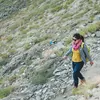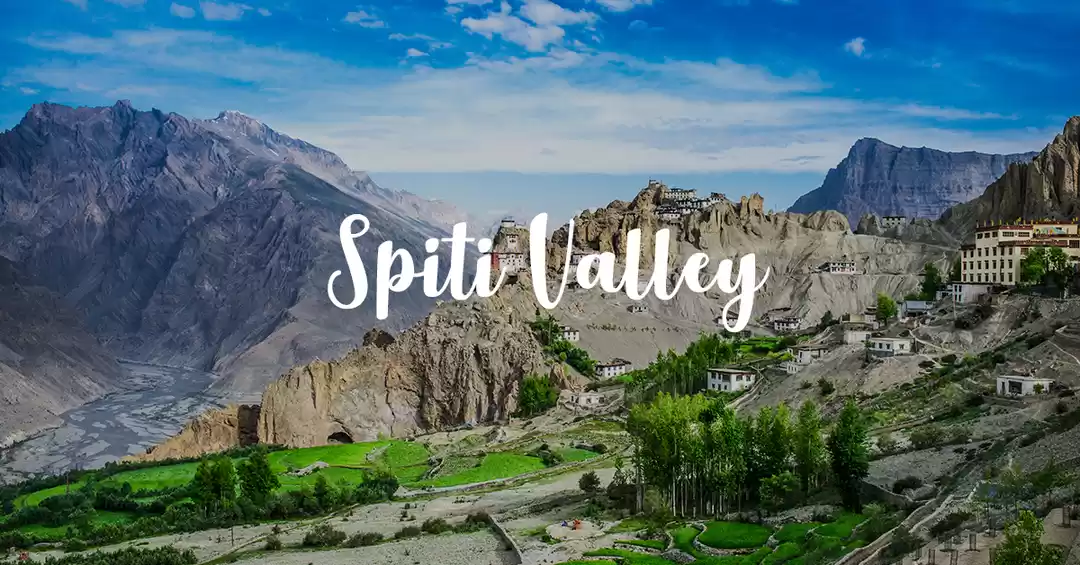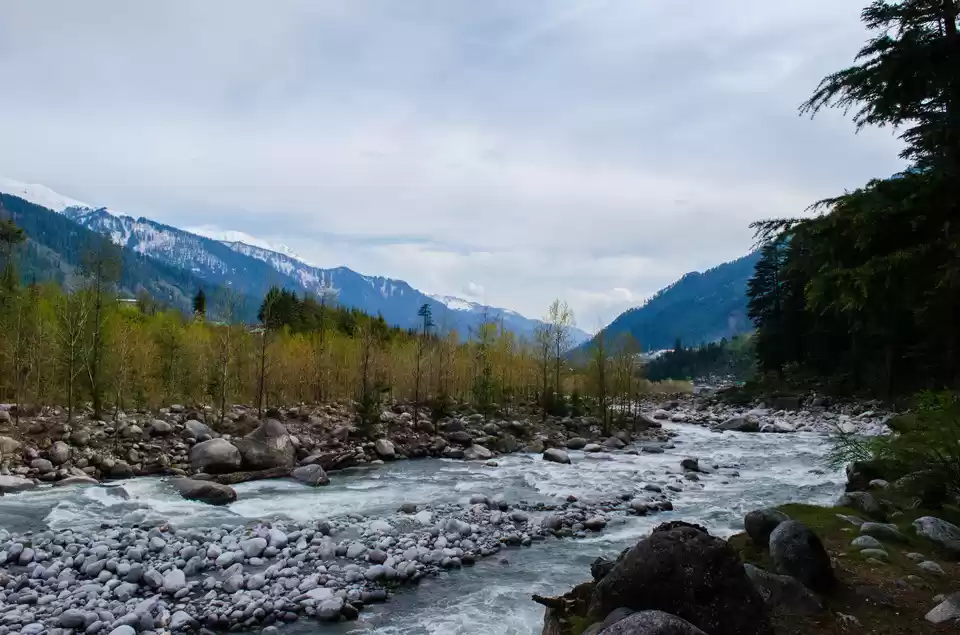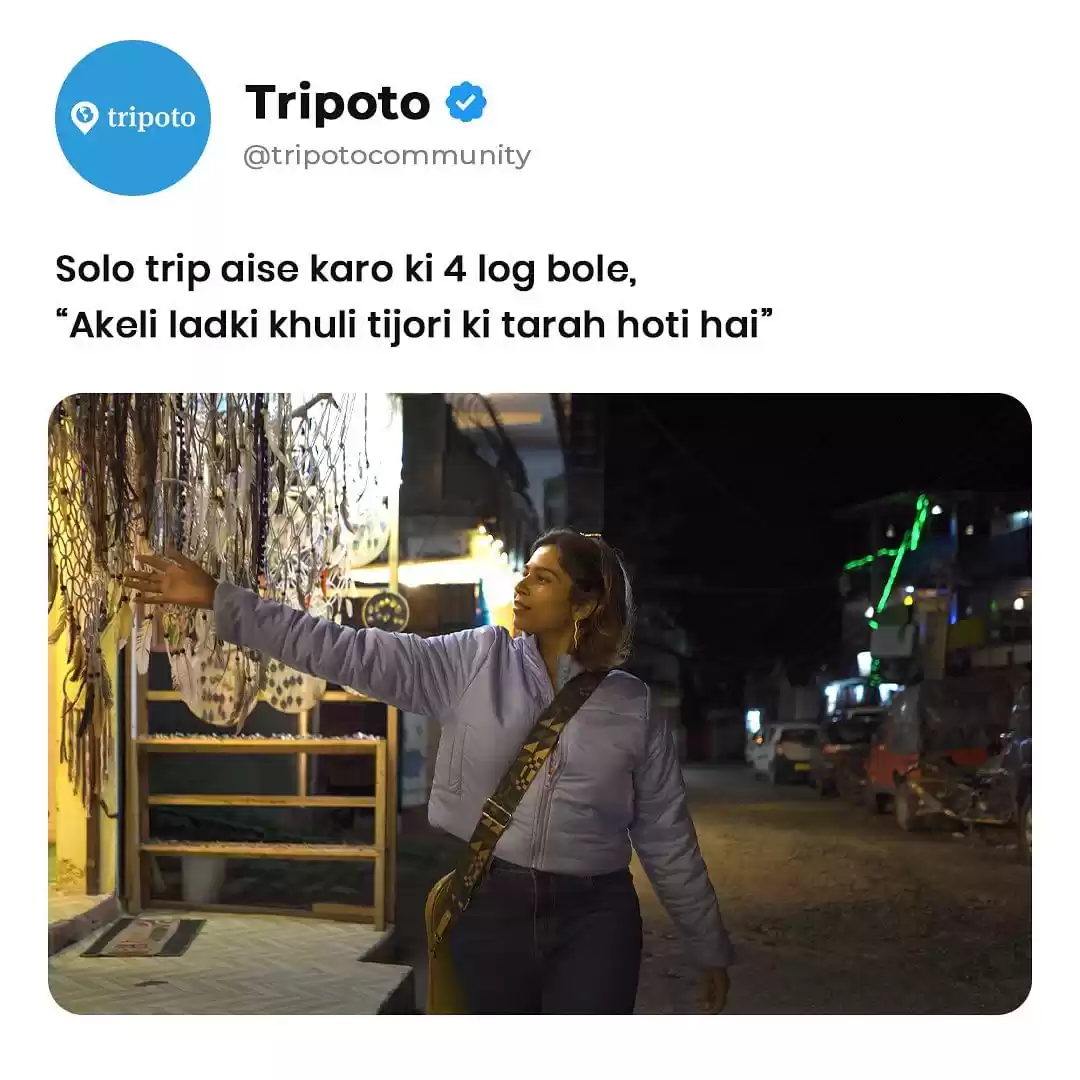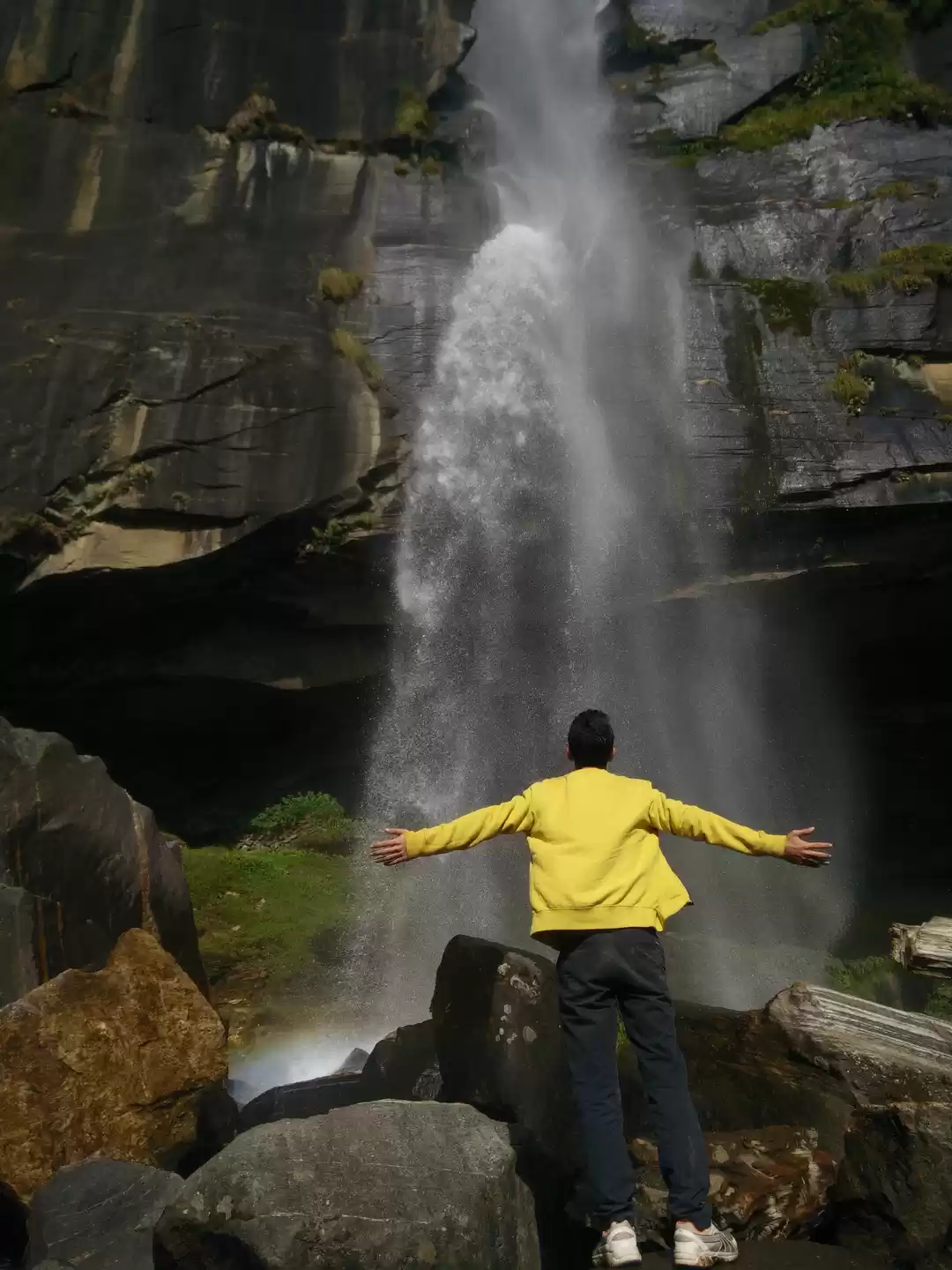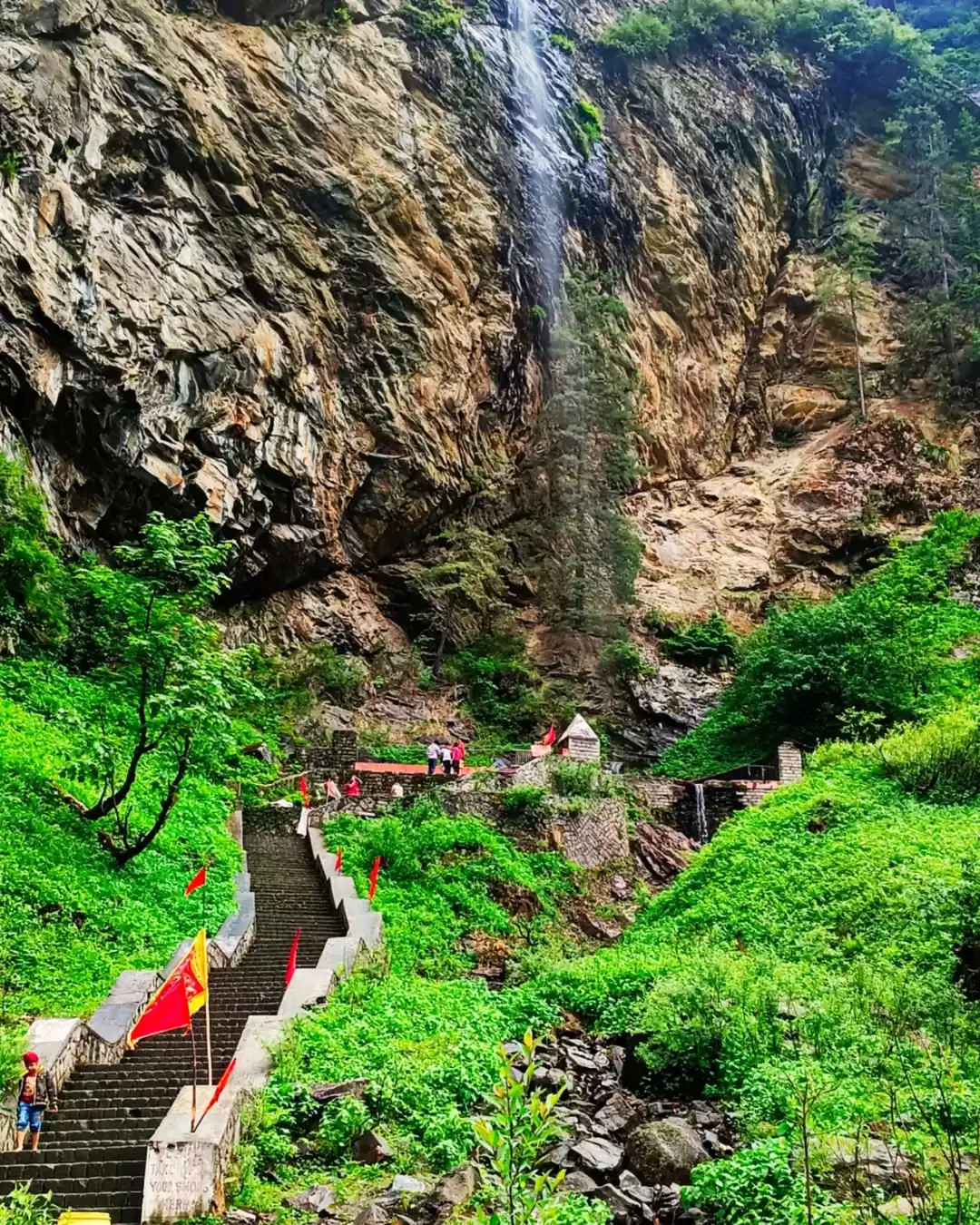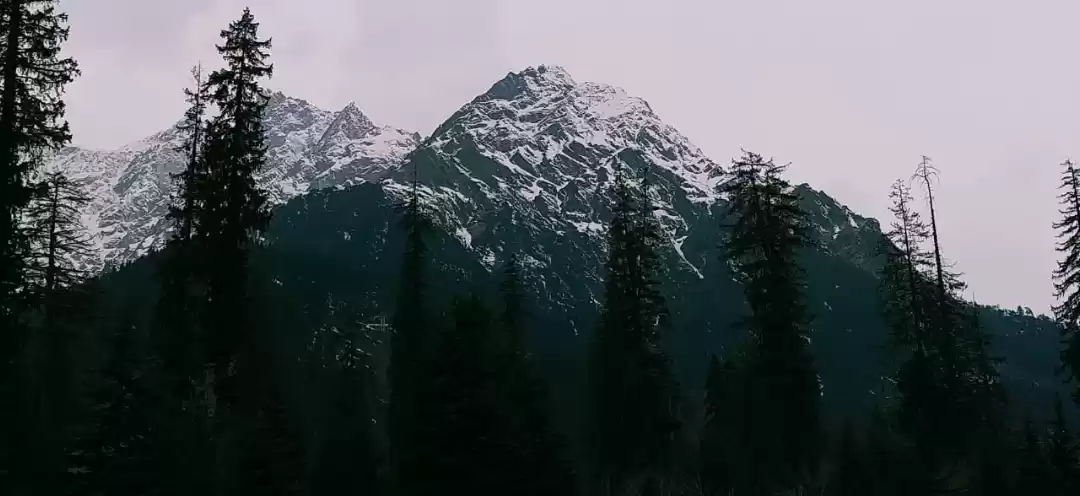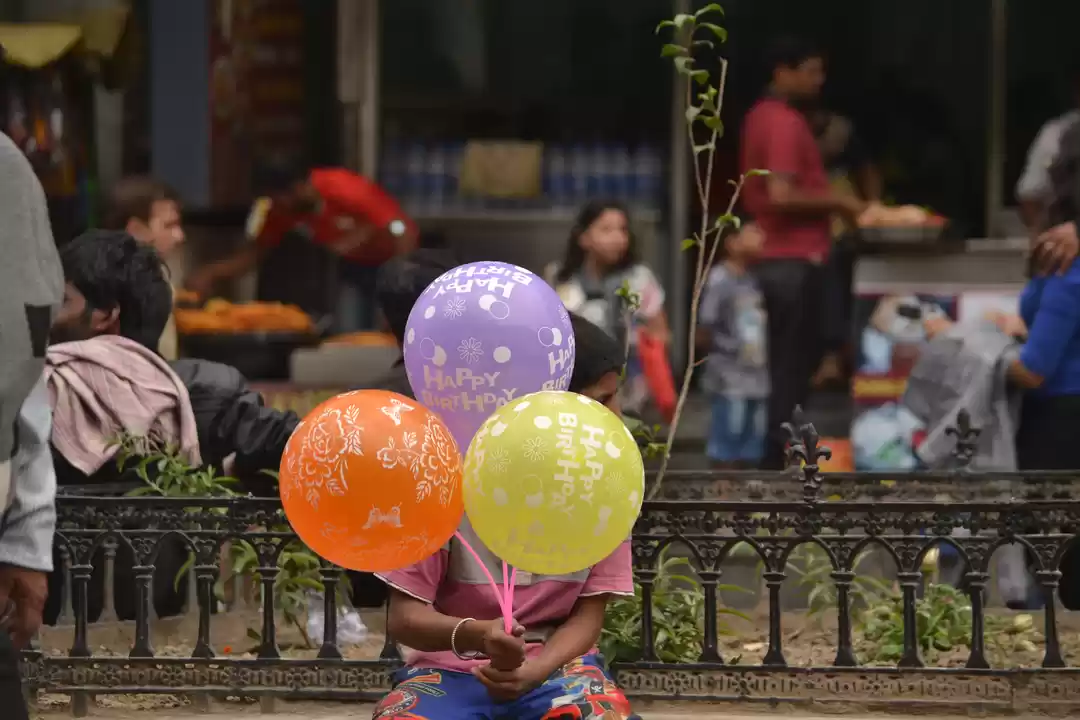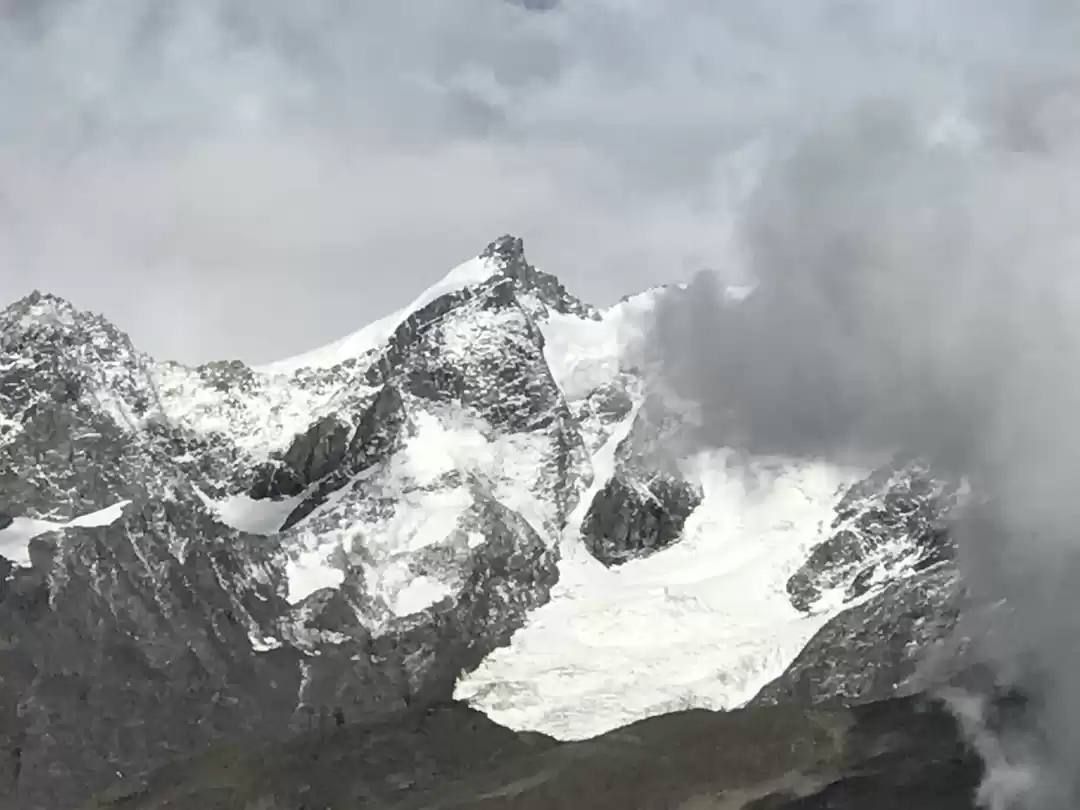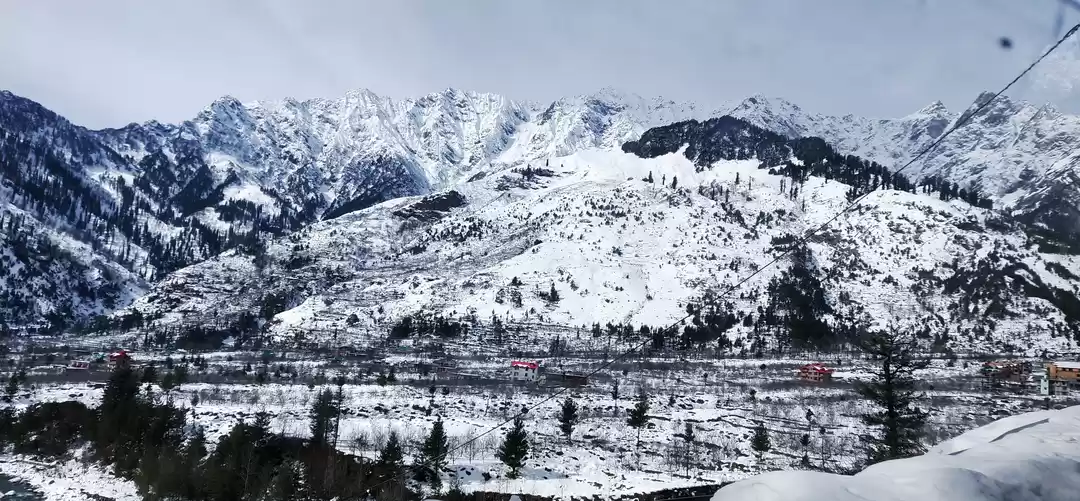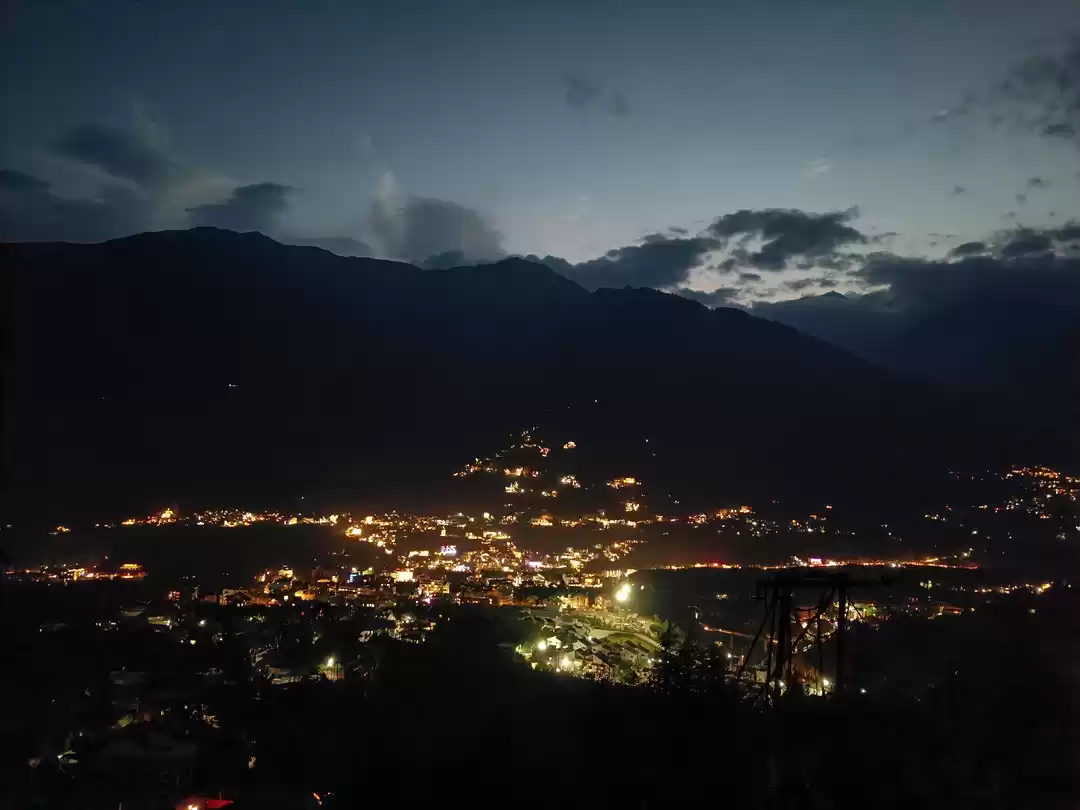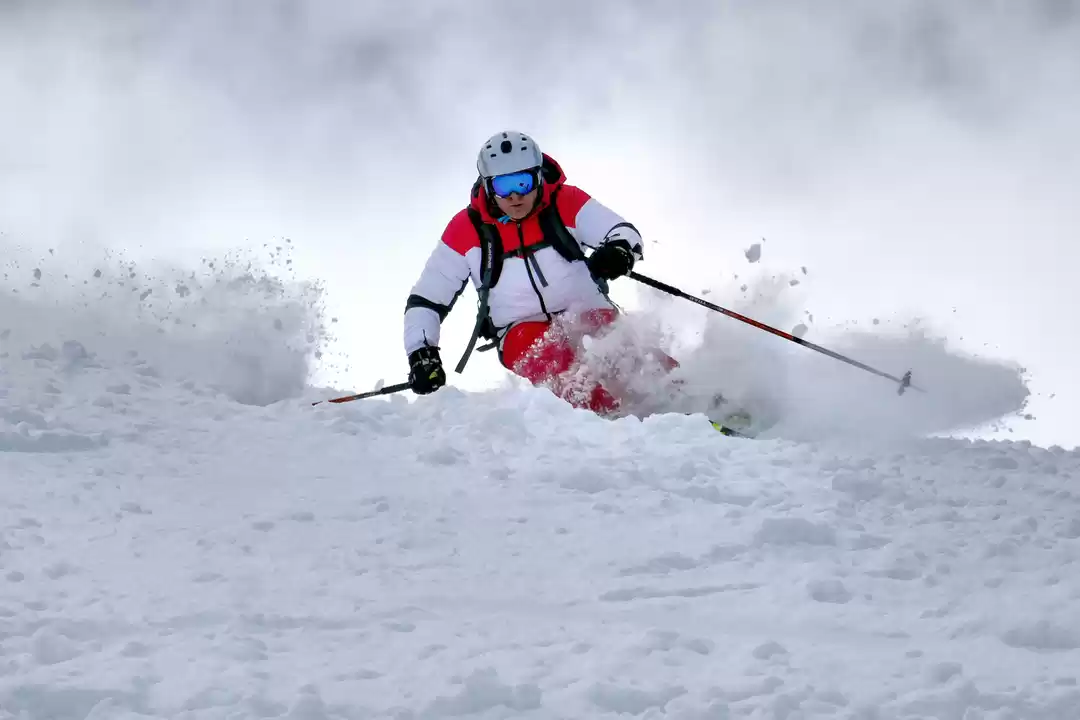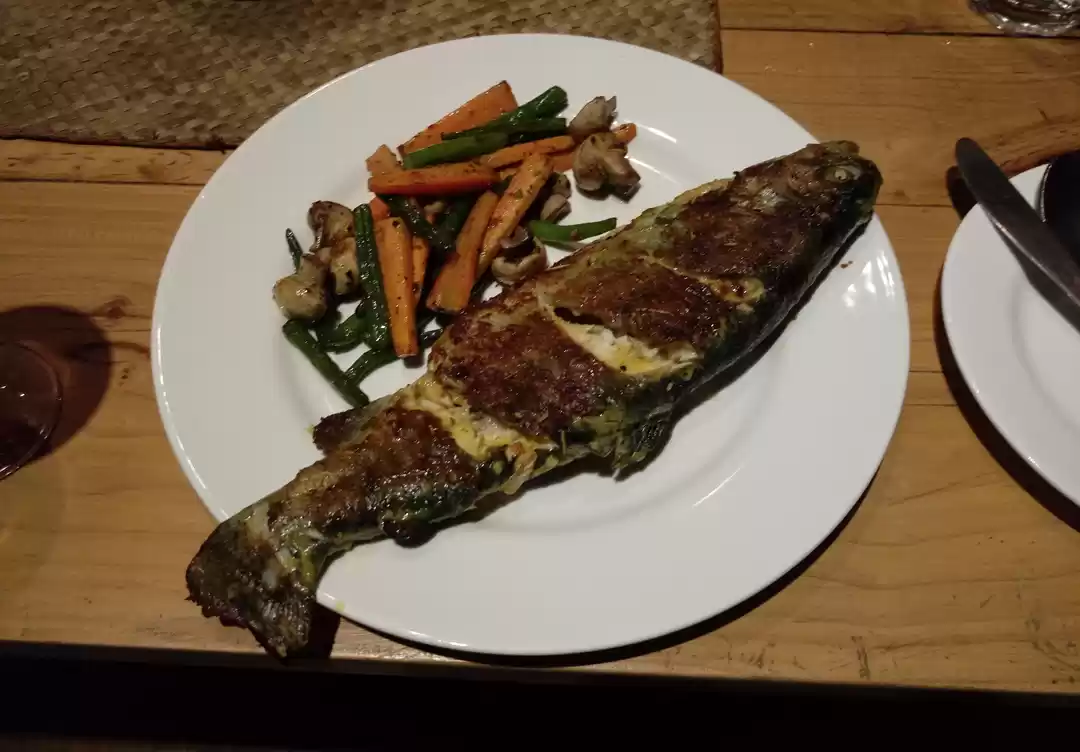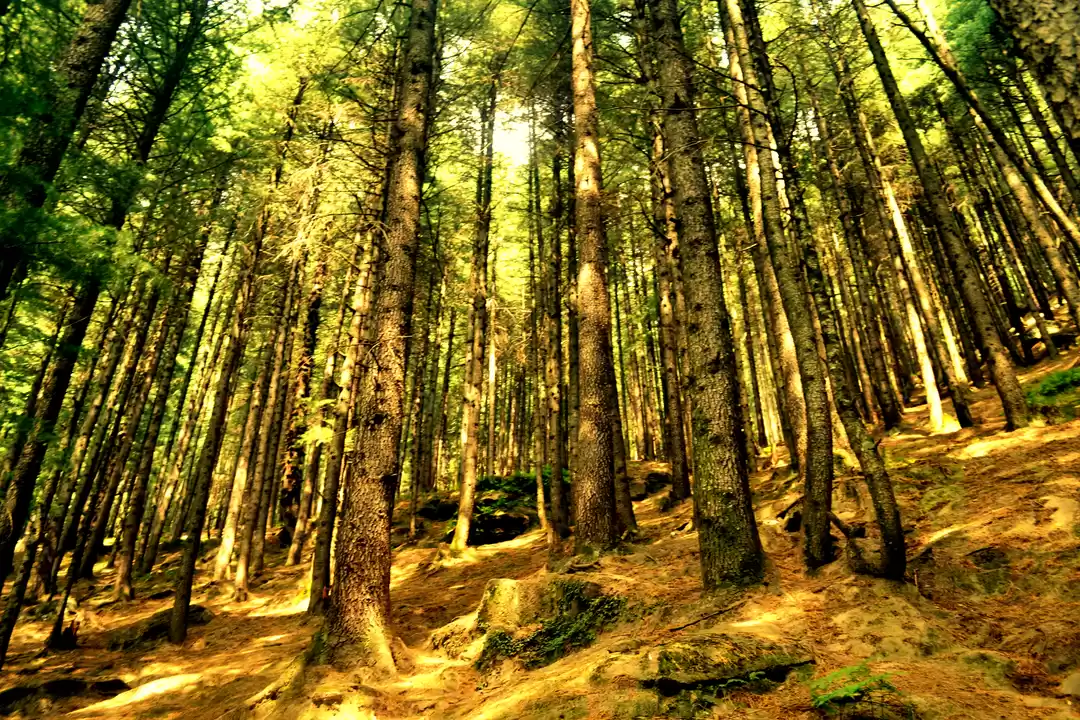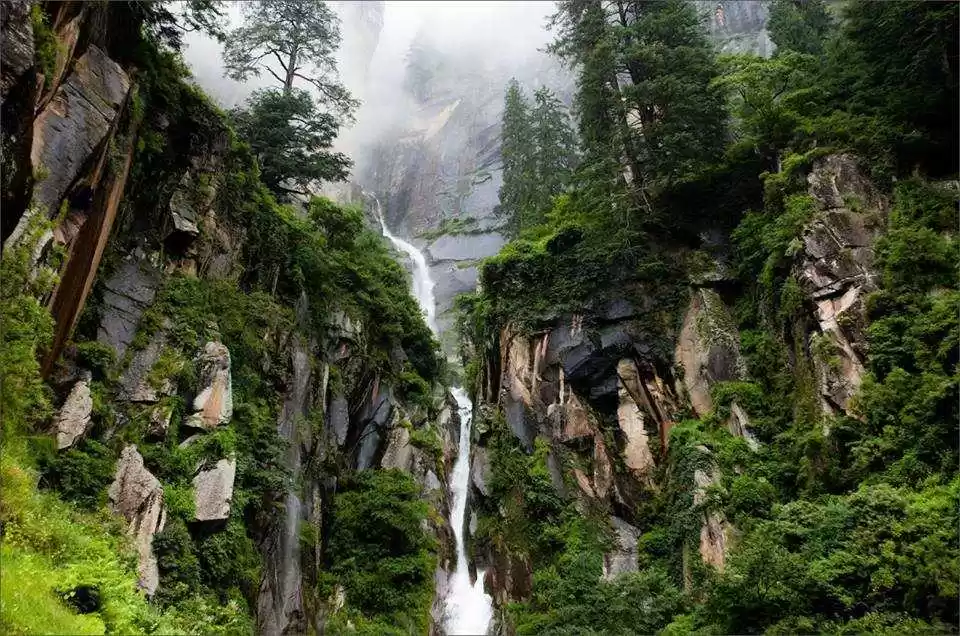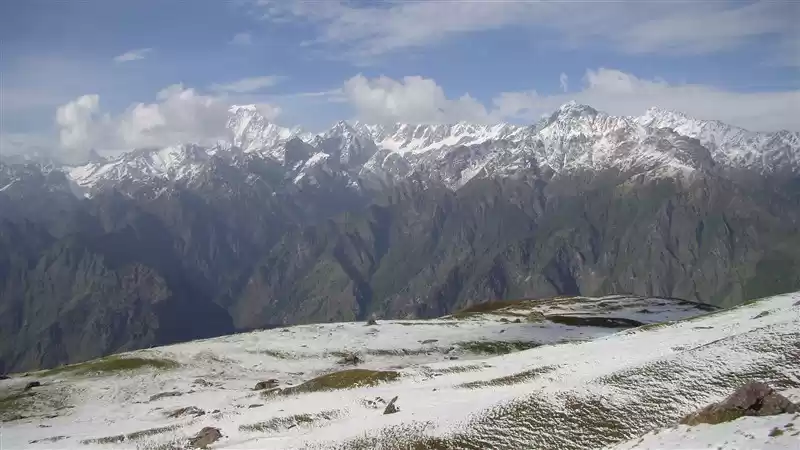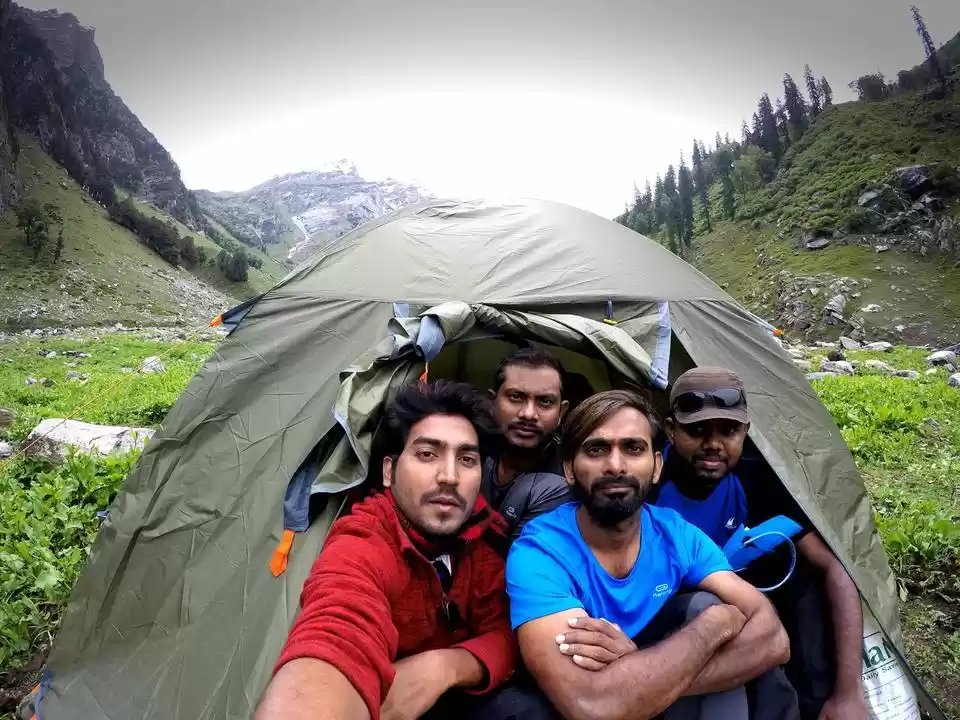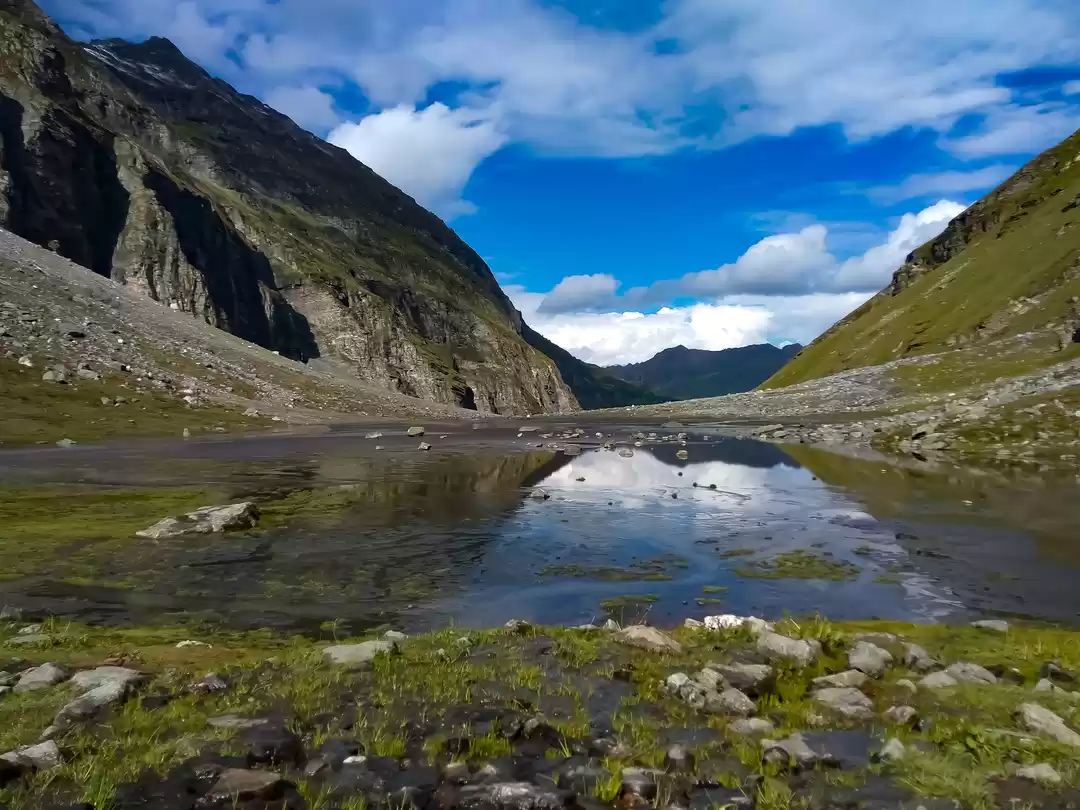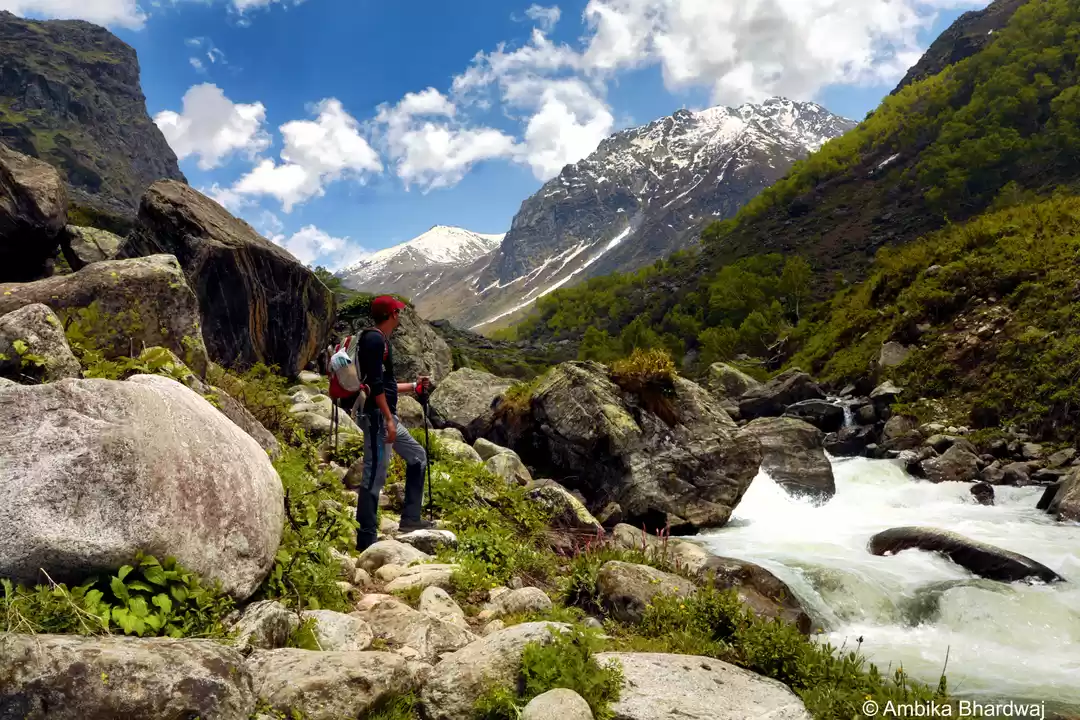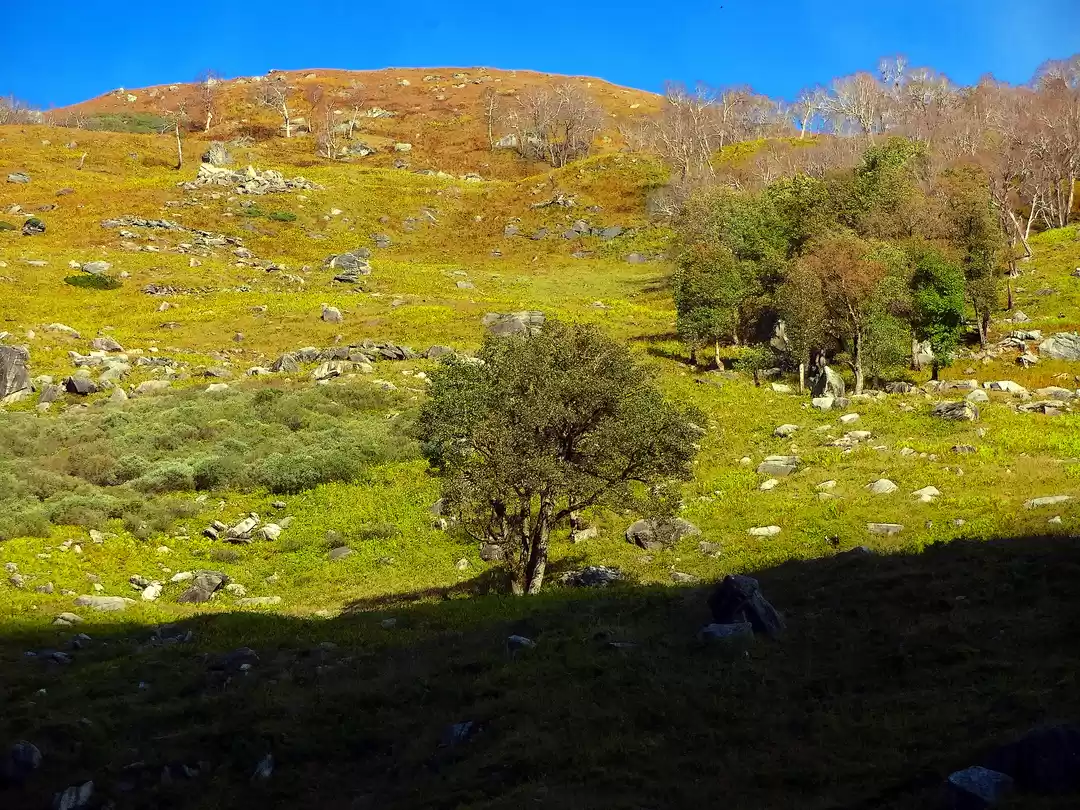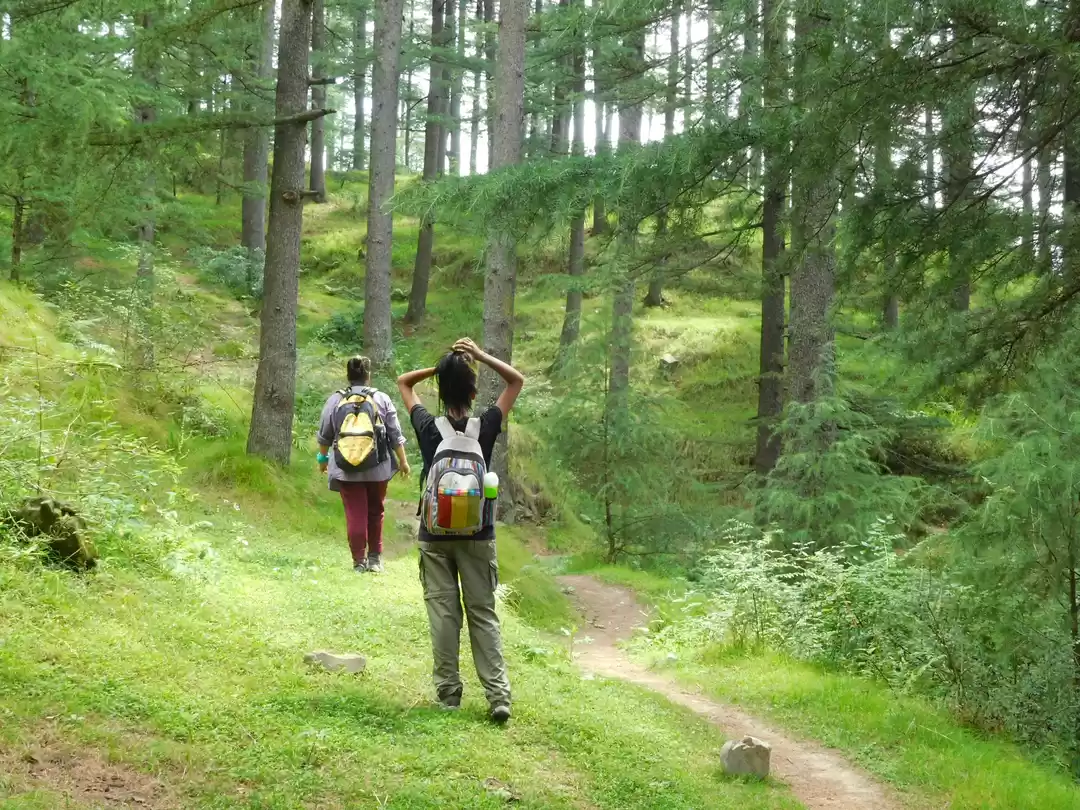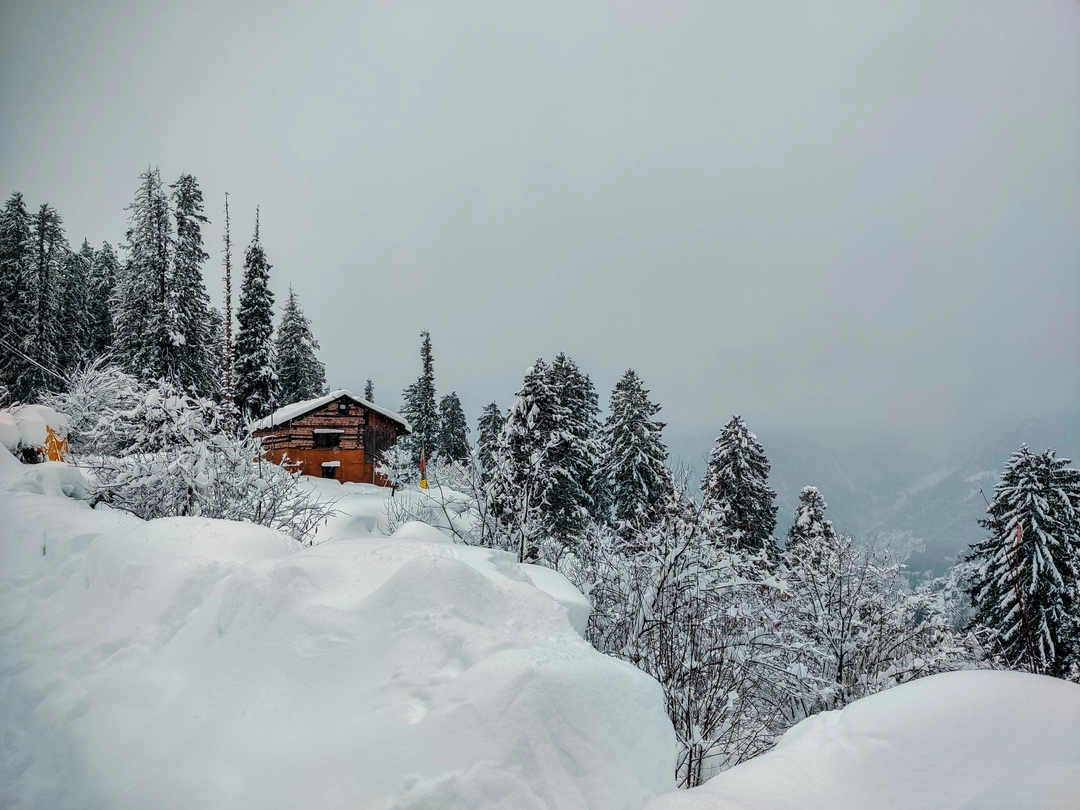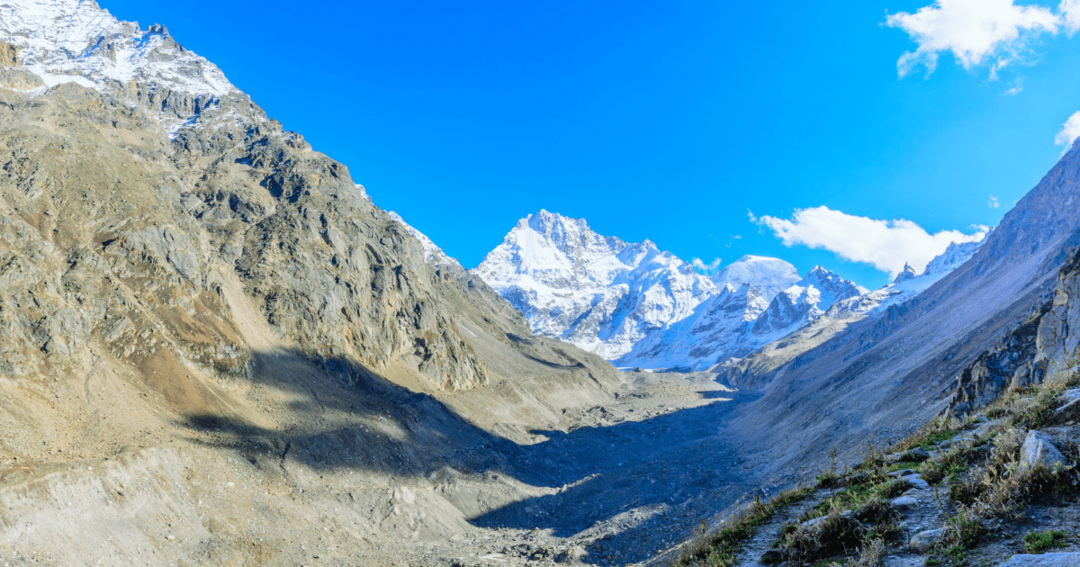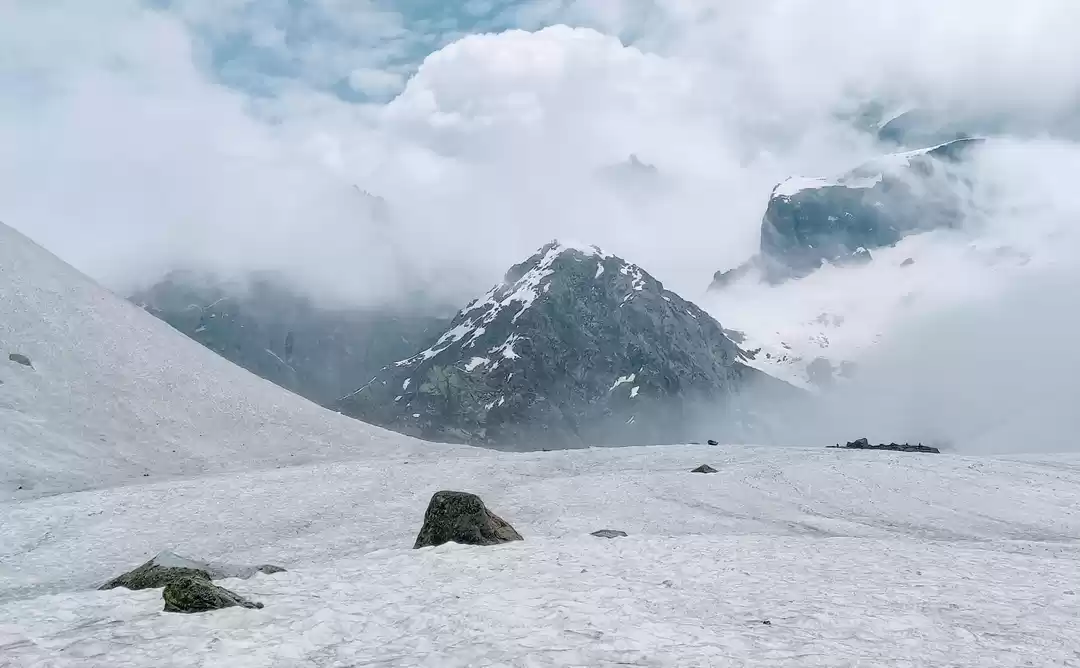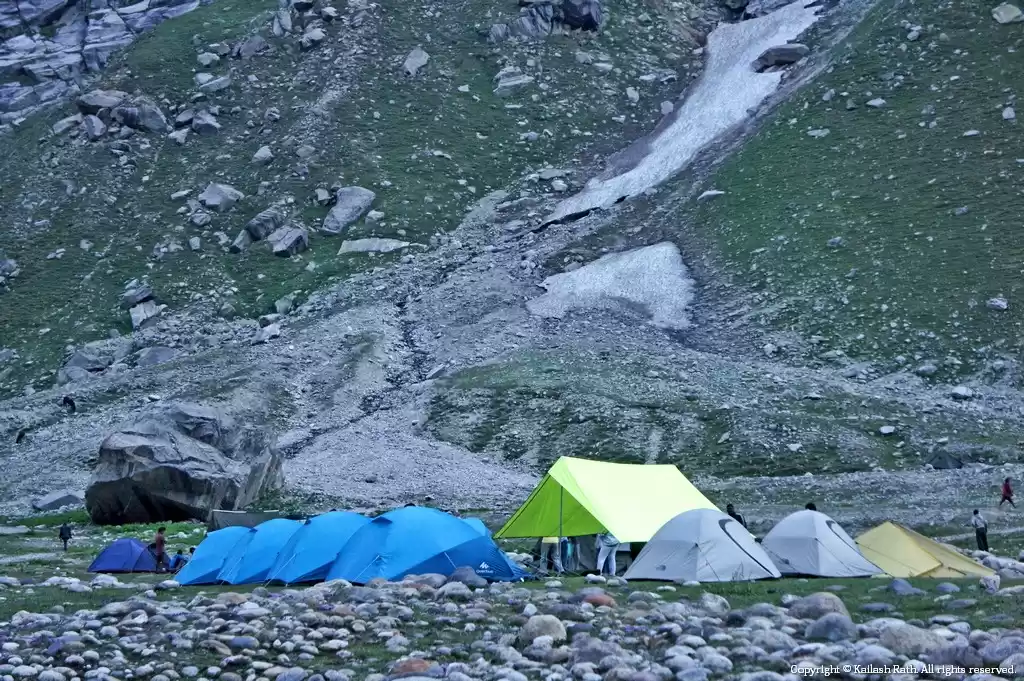Unspoilt and untamed, the Hampta Circuit Trek follows a lesser-known route in Himachal Pradesh. Often confused with the difficult Hampta Pass Trek, the circuit trek is beginner- and family-friendly. It skips the climb to the 4270m-high Hampta Pass, but still offers breathtaking views of the Dhauladhar, Pir Panjal and Bara Banghal ranges.

Hampta Pass Trek location
The Hampta Circuit Trek starts at Jagatsukh, which is across the Beas River, around 7km southwest of Manali. So to get here, take a bus to Manali and then a taxi or local transport to Jagatsukh. You can stay the night here at the few small hotels in the area or in Shuru Village, which is 2km away.
Difficulty level
This is an easy to moderate level trek. Most stretches are uncomplicated to navigate, but if you go in May, you might encounter some snow, which you will have to tread through carefully. The highest altitude you will tread to is 3200 metre, on the third day.
Planning the trek
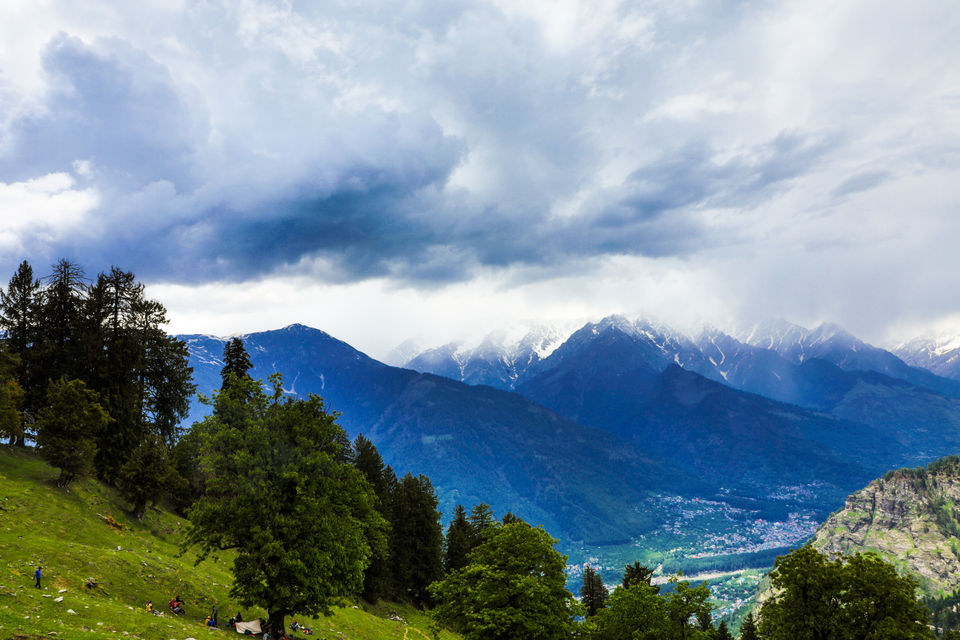
This is not a popular trek, so you'll have to ask around in Manali for organisers. Make sure they don't misunderstand and take you on the Hampta Pass trek instead. Three companies that offer packages for the trek are Ongoz Escapades, TREXplore and Indian Himalayan Excursion.
If you have trekked before, and would like to do the Hampta Circuit Trek on your own, without a guide, you can rent tents, shoes and other equipment in the main Manali market.
Best time
You can embark on this trek at any time from May to October. While the route remains open all round the year, it becomes more difficult due to the weather conditions and snow.
The Route
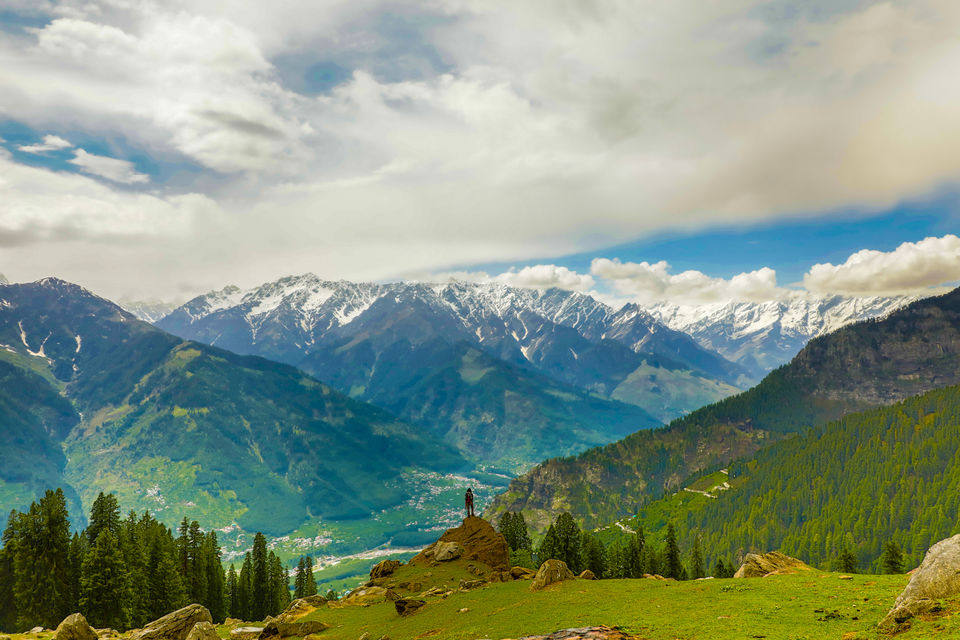
This five-day trek begins from Jagatsukh, which is located on the left bank of the Beas from Manali, and ends at Pandu Ropa. The Pandu Ropa village is a short walk away from Chikka, where the popular Hampta Pass trek starts.
This is the route for the Hampta Circuit trek: Manali – Jagatsukh – Buggi – Tilgan – Jogi Dug – Kharmandari – Chikka – Pandu Ropa
Itinerary
Start the trek by getting from Manali to Jagatsukh.
Jagatsukh is the basecamp, and you walk for around 3.5 hours from here to the first campsite. The beginning of the trail is covered by prickly shrubs and is slightly steep, but the surrounding views make the journey well worth it. After about two hours, a clear right turn takes you to a less steep part of the trail, which goes on till Bhanara village. Here, you must stop to visit the Bhanara temple and admire its delicate woodwork. Walk ahead through the forest to reach the Buggi meadow, surrounded by maple, oak, fir and pine trees. Halt here for the day.
Buggi to Tilgan meadow (2 hours)

Day 2 takes you to Tilgan meadow with a refreshing 1.5km hike. This part of the trail, which is romantically sprinkled with pine cones, was supposedly made by local wood-cutters. Walk along alder, walnut and oak trees and don't be surprised to come across the very popular charas or cannabis plant. Since this is an easy day, take multiple breaks to appreciate the beauty of the Dhauladhar and Pir Panjal ranges against the turquoise blue sky. Set up camp at the Tilgan meadow.
Tilgan to Jogi Dug (6 to 10 hours)

This is the toughest day of the trek, but also the most scenic. You will take around six to 10 hours to reach the campsite depending on your fitness level and stamina. The initial walk from Tilgan goes uphill and is strenuous. If you are doing this trek in May, then this stretch will most likely be covered with snow. So you will have to tread slowly and carefully. This is also the day when you will get a sighting of the Bara Banghal range, which makes for a perfect place to stop for lunch. Later, the trail goes downhill as you walk through oak forests and make your way to the Phahi Nullah stream. Your camp on this day, will be set up at the Jogi Dug meadow.
Jogi Dug to Kharmandari (5 hours)


This is a rewarding day, as the walk is not too long and the views are incredible. If you are carrying your camera, you'll want to get a lot of pictures today. In case you don't want to walk too much, you can take a short cut to Kharmandari. Once you reach your campsite for the night, you'll get panoramic views of the Bara Banghal range.
Kharmandari to Chikka (4 hours)
The last stretch of the trek goes through a forest and opens up to a beautiful valley dotted with colourful flowers. In the background are snow-capped peaks that make the entire scene breathtaking. As you trek further, you will descend through a forest and find yourself near the Rani Nala stream. The final camp will be set up at Chikka, which is stunning to look at with its lush grass and grazing sheep.
From Chikka, you will walk to Pandu Ropa village, from where a car can take you to Manali.
Isn't it a great alternative to the much popular Hampta Pass trek? If yes, write about your experience on the trail and inspire travellers across the world. Or, if you are looking to get more involved, answer questions about travel here and help the global travel community!
Frequent Searches Leading To This Page:-
hampta pass trek, hampta pass trek in march, top hampta pass trek itinerary

